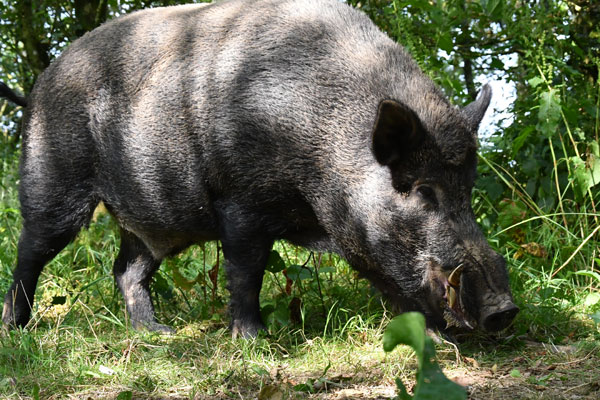
Wild boar certificate
This course is designed for the sportsman or woman as part of their ongoing commitment to humane and responsible hunting of wild boar.
Get information on the legal shooting season for mammals and birds in the UK.
Learn about our current conservation projects and how you can get involved.
Comprehensive information and advice from our specialist firearms team.
Everything you need to know about shotgun, rifle and airgun ammunition.
Find our up-to-date information, advice and links to government resources.
Everything you need to know on firearms law and licensing.
All the latest news and advice on general licences and how they affect you.
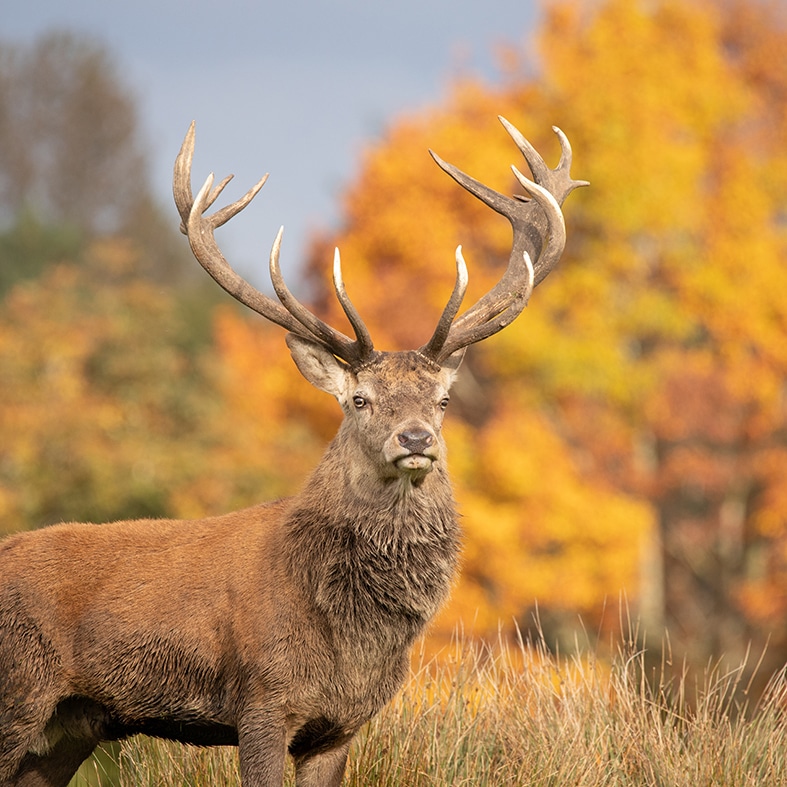

Deer Management What can I shoot?
There are six different deer species in the UK that can be shot but only during their open season. This is to ensure that the females are protected when they have young that depend on them.
It is also worth noting that the males and females have different seasons, as do each of the countries in the UK, so make sure you check out the dates below.
In addition, the UK has a growing population of feral wild boar that are managed by stalking.
Statutory open seasons, all dates inclusive.
| Species and Sex | England & Wales | Scotland | Northern Ireland |
| Red | |||
| Stags | Aug 1st – April 30th | Year-round* | Aug 1st – April 30th |
| Hinds | Nov 1st – Mar 31 | Oct 21st – Feb 15th | Nov 1st – Mar 31 |
| Sika | |||
| Stags | Aug 1st – April 30th | Year-round* | Aug 1st – April 30th |
| Hinds | Nov 1st – Mar 31st | Oct 21st – Feb 15th | Nov 1st – Mar 31st |
| Red/Sika hybrids | |||
| Stags | Aug 1st – April 30th | Year-round* | Aug 1st – April 30th |
| Hinds | Nov 1st – Mar 31st | Oct 21st – Feb 15th | Nov 1st – Mar 31st |
| Fallow | |||
| Bucks | Aug 1st – April 30th | Year-round* | Aug 1st – April 30th |
| Does | Nov 1st – Mar 31st | Oct 21st – Feb 15th | Nov 1st – Mar 31st |
| Roe | |||
| Bucks | April 1st – Oct 31st | Year-round* | — |
| Does | Nov 1st – Mar 31st | Oct 21st – March 31st | — |
| Chinese Water deer | |||
| Bucks | Nov 1st – Mar 31st | — | — |
| Does | Nov 1st– Mar 31st | — | — |
| Muntjac | |||
| There is no statutory closed season for this species. It is recommended that when culling female muntjac, immature or heavily pregnant does are selected to avoid leaving dependent young. | |||
*There is currently no statutory close season for male deer of any species in Scotland

This course is designed for the sportsman or woman as part of their ongoing commitment to humane and responsible hunting of wild boar.
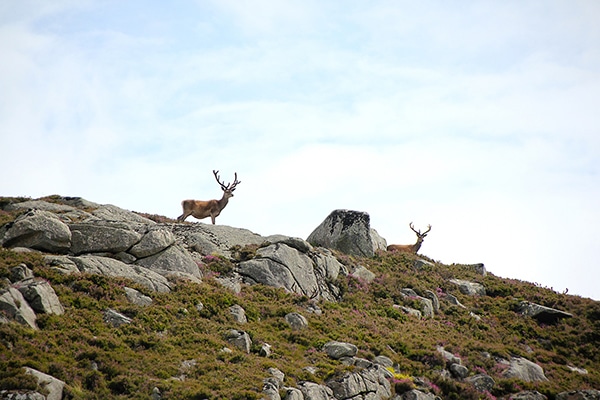
Here is some advice to help prepare you for the process of applying for a deer stalking lease.
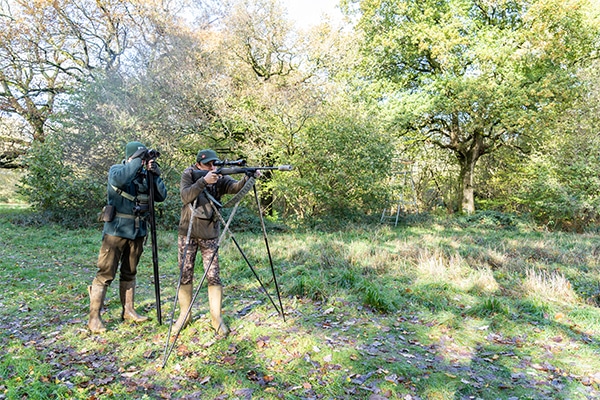
We run a range of training courses that are specific to deer stalking and deer management, including the deer stalking certificate 1 and 2.
Sign up to our weekly newsletter and get all the latest updates straight to your inbox.
© 2023 British Association for Shooting and Conservation. Registered Office: Marford Mill, Rossett, Wrexham, LL12 0HL – Registered Society No: 28488R. BASC is a trading name of the British Association for Shooting and Conservation Limited which is authorised and regulated by the Financial Conduct Authority (FCA) under firm reference number 311937.
If you have any questions or complaints about your BASC membership insurance cover, please email us. More information about resolving complaints can be found on the FCA website or on the EU ODR platform.
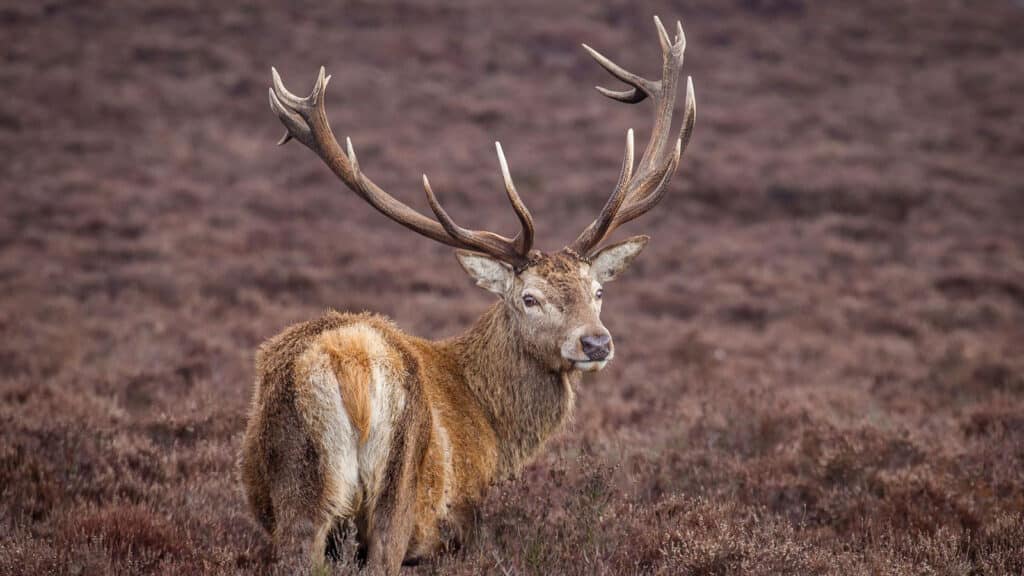
England & Wales: 1 Aug – 30 Apr
Scotland: There is currently no statutory close season for male deer of any species in Scotland
Northern Ireland: 1 Aug – 30 Apr
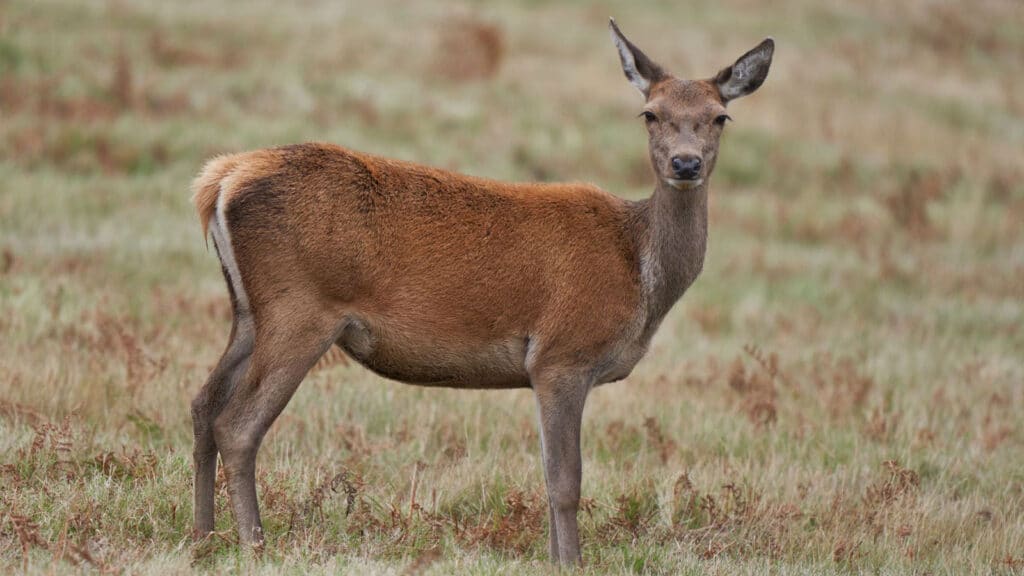
England & Wales: 1 Nov – 31 Mar
Scotland: 21 Oct – 15 Feb
Northern Ireland: 1 Nov – 31 Mar
Largest land mammal in UK but considerable variations in size: lowland/woodland deer very much larger and heavier than those on open hills.
Summer coat reddish-brown, turning darker brown-grey in winter. Lighter rump patch extends on to back above short tail. Mature stag antlers typically long and multi-tined with prominent mane by late autumn.
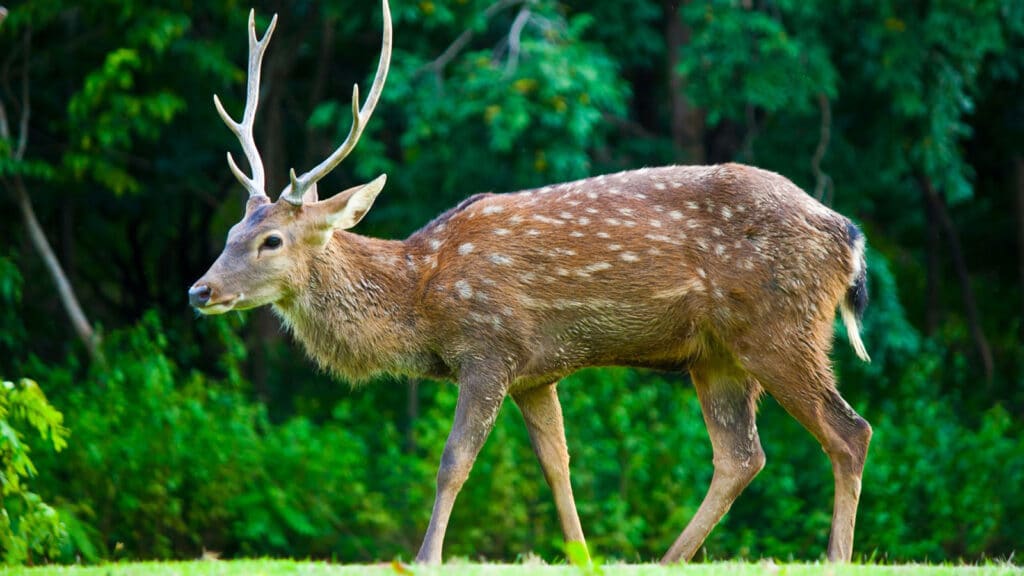
England & Wales: 1 Aug – 30 Apr
Scotland: There is currently no statutory close season for male deer of any species in Scotland
Northern Ireland: 1 Aug – 30 Apr
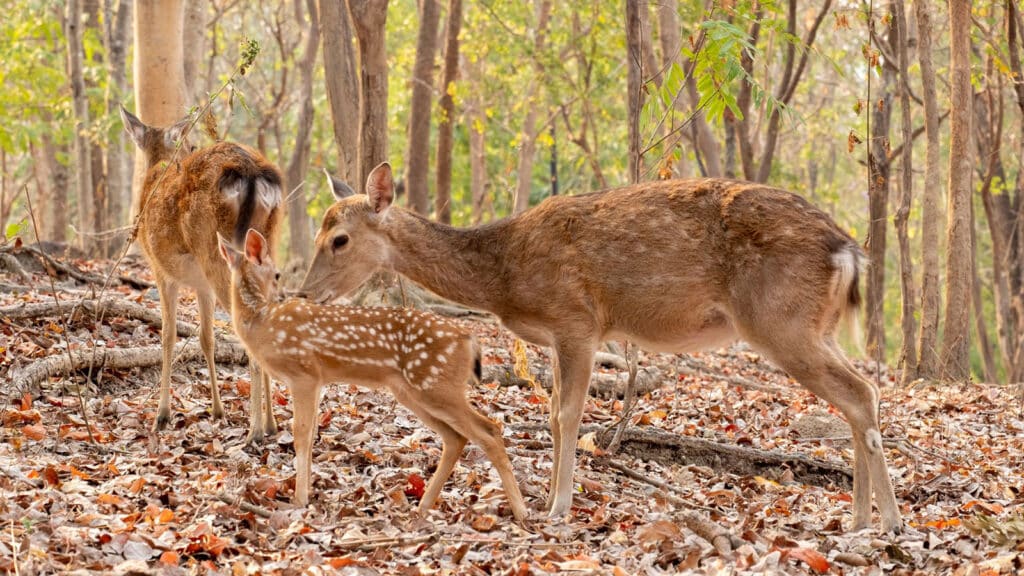
England & Wales: 1 Nov – 31 Mar
Scotland: 21 Oct – 15 Feb
Northern Ireland: 1 Nov – 31 Mar
Intermediate-sized deer. Summer coat chestnut with white spots. Rump area white, banded in black and may have black line down tail.
Winter coat turns lighter grey with paler under parts. Stags usually look darker than hinds and typically grow eight-tined head when mature. In autumn stags have mane.
Prominent white gland on rear lower leg and a ‘u’ shaped area on forehead distinguishes sika from other deer.

England & Wales: 1 Aug – 30 Apr
Scotland: There is currently no statutory close season for male deer of any species in Scotland
Northern Ireland: 1 Aug – 30 Apr
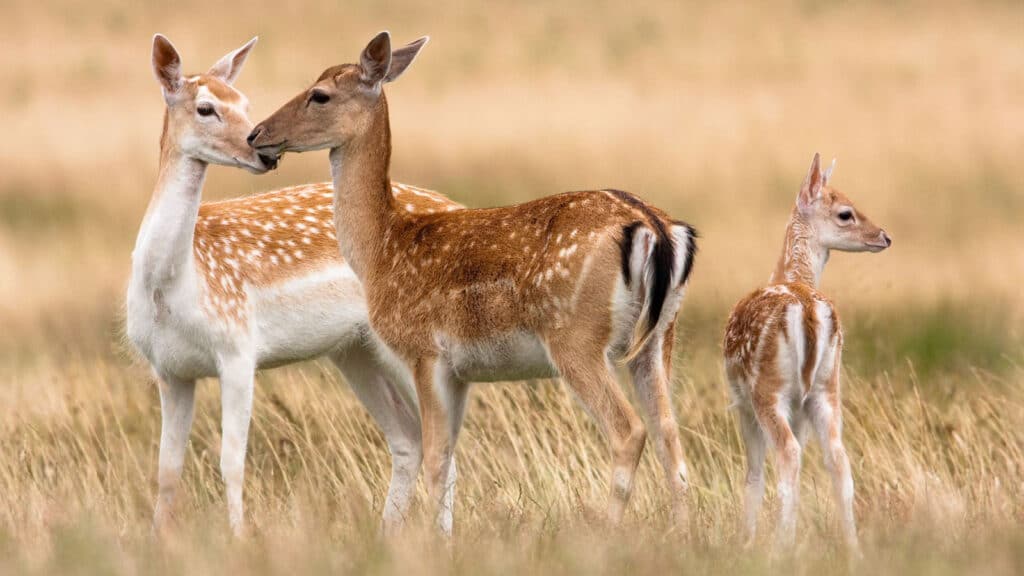
England & Wales: 1 Nov – 31 Mar
Scotland: 21 Oct – 15 Feb
Northern Ireland: 1 Nov – 31 Mar
Widest variation in coat colour of any deer, from white to black. Four distinct colours:
Common: deep chestnut with white spots, long tail with broad black band and white rump fringed in black.
Menil: lighter than common, creamier brown, bordered by brown on rump, more spots than common.
Black (melanistic): black with no white anywhere. Contrasting paler shading.
White: ranges from cream in younger animals to white as they mature.
The only species of deer with palmated antlers. Males have conspicuous ‘Adam’s apple’ and penile sheath. Fallow have the longest tail of all deer species.
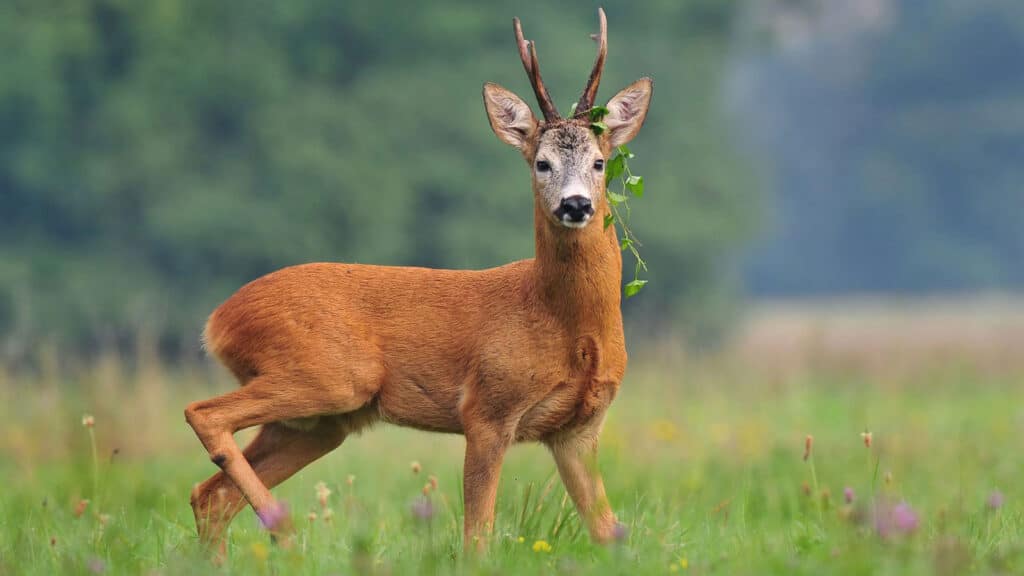
England & Wales: 1 Apr – 31 Oct
Scotland: There is currently no statutory close season for male deer of any species in Scotland.
Northern Ireland: N/A
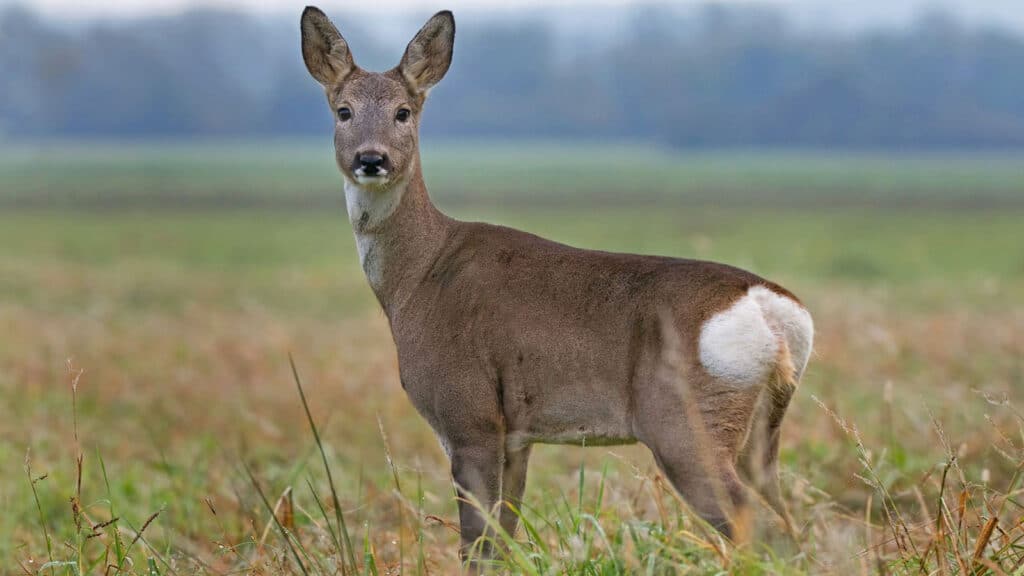
England & Wales: 1 Nov – 31 Mar
Scotland: 21 Oct – 31 Mar
Northern Ireland: N/A
Capreolus capreolus
Small graceful deer, widely distributed within Great Britain.
Summer coat deep foxy red, turning to grey-brown in late autumn/winter. Rump patch very prominent in winter coat.
Females have downward pointing tuft of hair.
Neither sex has a visible tail and they are distinguished from other deer by two white spots under nose. Mature males typically carry antlers with three tines each side (which are grown during winter).
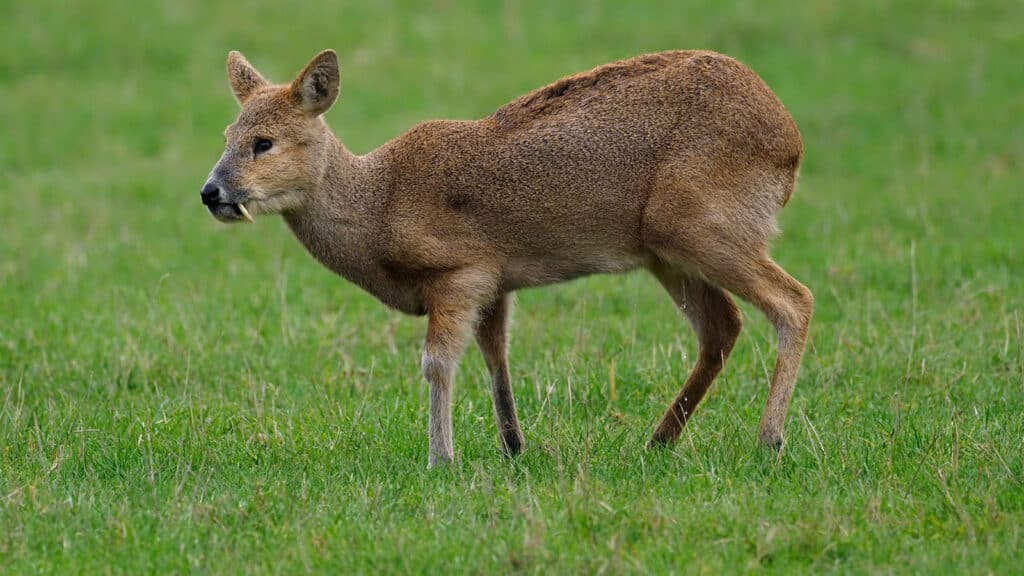
England and Wales: 1st Nov – 31 Mar
Scotland: N/A
Northern Ireland: N/A
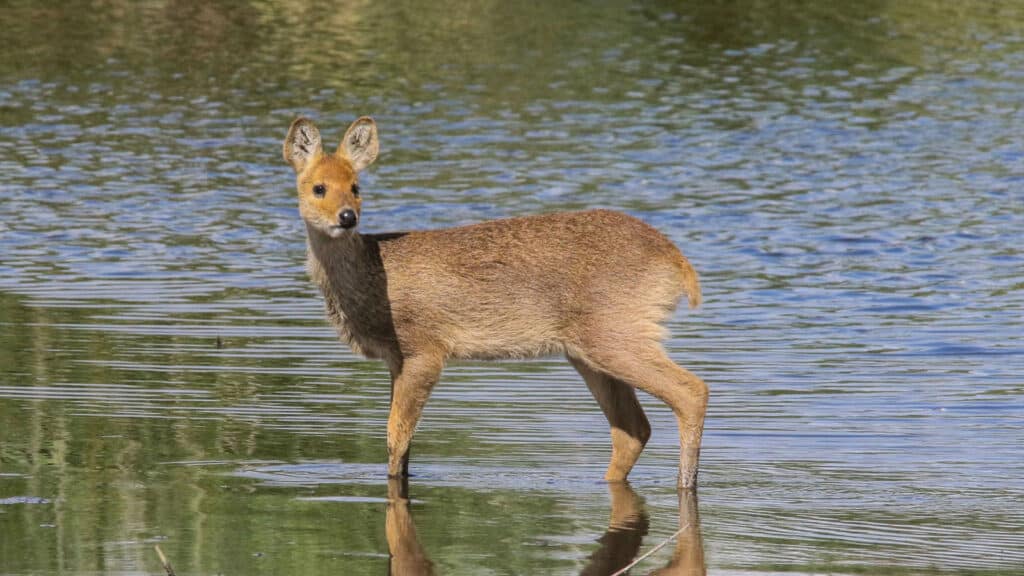
England and Wales: 1st Nov – 31 Mar
Scotland: N/A
Northern Ireland: N/A
Small deer, unique in UK as it does not grow antlers. Both sexes have large upper-canine teeth, much longer and more visible in males. Coat rich red in summer and sandy peppery brown in winter.
Hind legs longer than fore legs, producing high rump posture. Ears rounded, black button-like eyes and nose that produces ‘teddy bear’ appearance.

Open season: No statutory close season anywhere in Great Britain.

Open season: No statutory close season anywhere in Great Britain.
Small stocky deer with unusual gait and head-down posture when on the move. Coat chestnut brown in summer with paler chin and under parts.
Winter coat grey-brown with paler under parts. Males grow their antlers from long pedicles on scull, producing pronounced ‘v’ shape. Mature males have upper canine teeth up to 3cms long, which can be visible. Flat beaver-like tail constantly flicked upwards while on the move exposing white underside.
Both sexes have large facial glands below eyes for scent marking.
It is recommended that when culling female muntjac, immature or heavily pregnant does are selected to avoid leaving dependent young.
This website uses cookies so that we can provide you with the best user experience possible. Cookie information is stored in your browser and performs functions such as recognising you when you return to our website and helping our team to understand which sections of the website you find most interesting and useful.
Strictly Necessary Cookie should be enabled at all times so that we can save your preferences for cookie settings.
If you disable this cookie, we will not be able to save your preferences. This means that every time you visit this website you will need to enable or disable cookies again.
This website uses Google Analytics to collect anonymous information such as the number of visitors to the site, and the most popular pages.
Keeping this cookie enabled helps us to improve our website.
Please enable Strictly Necessary Cookies first so that we can save your preferences!
More information about our Cookie Policy